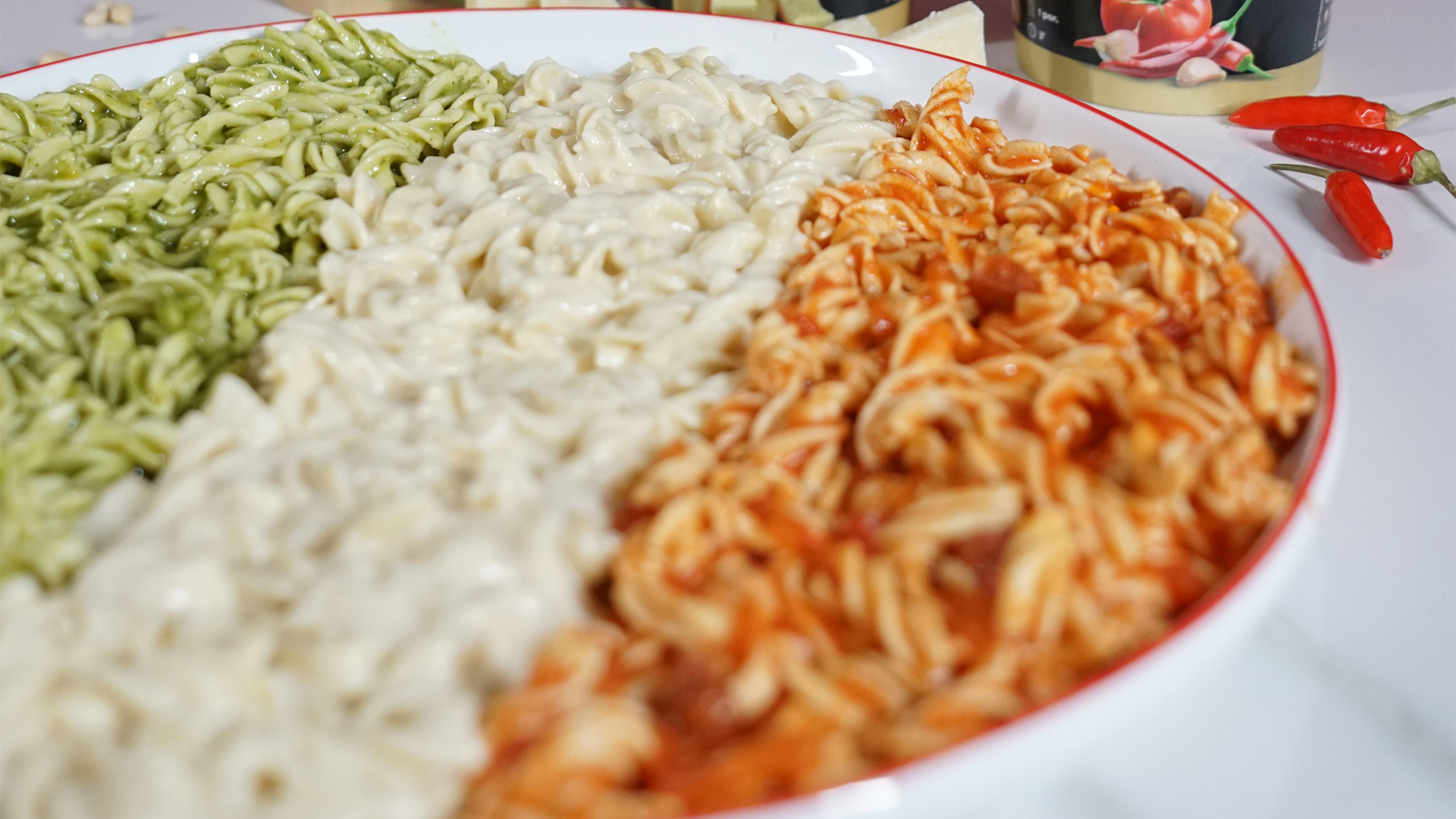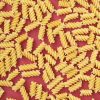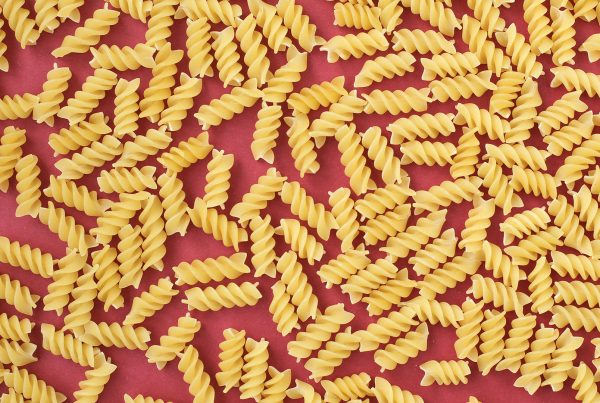The main rule for Italians about food is: each pasta shape has its rules!
As all the world knows, pasta is a historical Italian food. It was born hundreds of years ago and is still one of the main dishes in Italian homes.
Italy has 300 certified pasta shapes, in which we can find common shapes like spaghetti and regional specific ones like orecchiette. Each pasta shape can be combined only with particular sauces, because otherwise the taste wouldn’t be as good as it would be with the right combination.
The most popular pasta shapes are:
- Spaghetti
- Penne
- Fusilli
- Farfalle
- Rigatoni
- Tagliatelle
- Lasagna
- Orecchiette
- Linguine
- Cannelloni
The shape of pasta corresponds to its consistency. In fact, each one has specific cooking time, taste and palatability.
Every pasta format has to pass a quality test. The parameters which are verified are aspect, cooking resistance, “strength” and resistance to chewing.
In this process pasta is overcooked, in order to check the time lapse between al dente cooking – that is when pasta is cooked for time indicated on the packaging, so it remains soft outside and firm inside – and the moment when it becomes uneatable.
Some combinations are obvious for Italians, for example we all know carbonara pasta has to be prepared with spaghetti, or arrabbiata has be prepared with penne.
Now let’s see the characteristics which we have to consider to combine well pasta and sauce!
Main characteristics
The most important characteristics of pasta are format and drawing. Thanks to them we can obtain different types of pasta, which are capable to hold the sauce and enhance the taste.
Teflon-drawn pasta is smoother and yellowy, while bronze-drawn pasta is rougher and lighter.
We can distinguish the types of pasta basing also on the size, the ingredients and the texture.
The size of pasta can be short or long.
Short and holey pasta is perfect with processed sauces, because it can hold them better. Whereas, short and no-holey pasta can be combined with simple sauces. There are also super short shapes which are perfect for soups.
Long pasta is more versatile, so it can be combined with lots of sauces. It can be also holey, like bucatini. But be careful, don’t break it! Long pasta has to be cooked and eaten as it is, regardless of its length.
With ingredients we refer to dry pasta, made with water and flour, and egg pasta, made with egg and flour.
Dry pasta is can be smooth or ridged. The ridged one is obviously more suitable with rich sauces, because it holds them better.
Egg pasta is great with processed sauces, because it is rougher and as a result it holds better the sauce. Also, we can add to the dough some herbs or vegetables – for examples spinach or potatoes – to obtain a richer taste.
The texture can be smooth or rough.
Smooth pasta can be combined with light sauces, because this type retains little sauce, so for example it can be cooked with vegetables or fish sauces. On the contrary, rough pasta is better with rich sauces, because it retains more sauce.
These are the “secrets” to follow to obtain a delicious pasta dish. Italians apply these rules automatically, because this is part of their DNA.
As we saw, pasta is a very versatile food and if it is combined with the right sauce, you can cook a terrific meal with only a few simple ingredients.
Toscanità Instant brings some of Italian culture in your days, transmitting you all the culture and the passion for Italian food.







